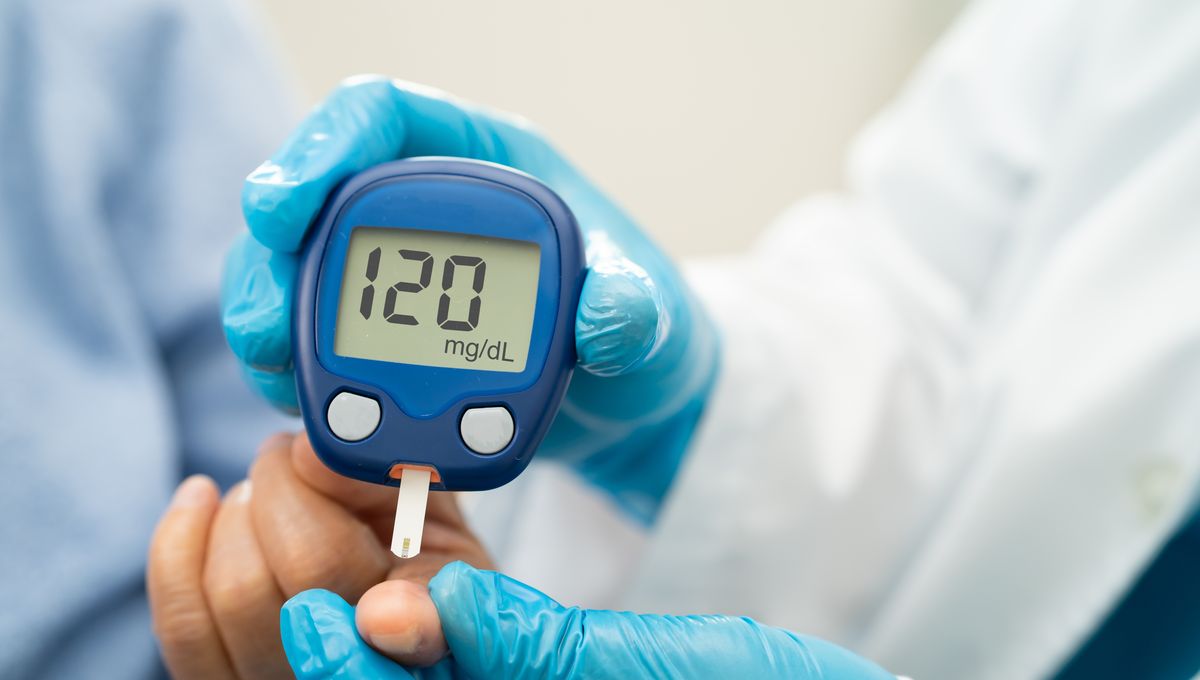
A 25-year-old woman with type 1 diabetes has been able to stop taking insulin after a groundbreaking stem cell treatment. This is the first human trial of the procedure, and while it’s too soon yet to say that the woman is “cured”, it certainly demonstrates that the approach merits a closer look.
In most people with type 1 diabetes, the immune system – which is meant to protect us from invasion by pathogens – turns on the body’s own tissues, destroying cells in the pancreas that produce insulin. Without the right level of insulin, blood sugar cannot be properly controlled. Over time, this can cause damage to many organs and tissues, and there’s also the risk of the acute, life-threatening condition diabetic ketoacidosis.
That’s why people with type 1 diabetes must take insulin themselves, calibrating the dose carefully depending on the food they eat and their level of activity. It has been described it as a “full time, 24/7 job”.
Modern technologies like continuous glucose monitors, insulin pumps, and artificial pancreases have revolutionized the management of this lifelong condition, but these are not always accessible to people, and the cost of insulin itself can be prohibitive.
But if we want to talk about a cure, we need to find a way to replace the body’s own ability to produce insulin as and when it needs to. That hope is now being tentatively turned to reality thanks to a handful of pioneering stem cell treatment trials.
A recent report details the case of a woman from Tianjin, China who was diagnosed with type 1 diabetes in her early teens. The patient, who wished to remain anonymous, became the first type 1 patient in the world to receive a transplant of stem cells extracted from her own body, with the aim of replacing specialized pancreatic cells called islet cells.
The woman’s medical history was somewhat complicated; she had previously undergone two liver transplant operations as well as a pancreas transplant, which had subsequently failed. Because of the liver transplants, she was on immunosuppressant medication.
In 2020, medics harvested the stem cells and reprogrammed them using a comparatively new chemical process. They were left with induced pluripotent stem cells (iPSCs), which have the potential to develop into any human tissue you can think of. In this case, the researchers pushed them down the path to develop into clusters of islet cells.
After testing the cells for safety in animal models, the woman’s transplant surgery finally went ahead in 2023. It only took around 30 minutes and involved the injection of 1.5 million cells into her abdominal muscles, where they could be easily monitored by scans.
Just two-and-a-half months later, the woman’s body was producing enough insulin that she no longer needed to inject herself with top ups. The report details the clinical follow-up at a year post-transplant, at which time the woman was still managing without supplementary insulin and was not seeing dangerous peaks and troughs in her blood sugar levels.
Diabetes researcher Daisuke Yabe from Kyoto University, who was not involved in the study, described the results as “remarkable” to Nature News, adding, “If this is applicable to other patients, it’s going to be wonderful.”
This case is the first to use a patient’s own stem cells, but similarly positive results have been seen in small trials using embryonic stem cells. The Washington Post recently reported on the case of Amanda Smith, a 35-year-old nurse from Canada, who has also stopped taking insulin. Smith was part of a trial of 12 patients, of whom 11 have been able to dramatically reduce or stop their insulin altogether.
One remaining question centers around how long these effects might last. The underlying autoimmune reaction that causes the damage to the pancreas in the first place could come back and start attacking the donor cells. The case of the woman from Tianjin is interesting here, in that she was already taking immunosuppressants; further trials will explore whether this kind of treatment is needed in general.
For the estimated 8.4 million people with type 1 diabetes worldwide, taking insulin is a non-negotiable. The hope with these stem cell treatments is that instead of this daily regime, we might one day be able to tackle the problem at the source.
For Smith, the trial has been transformative, as she told the Washington Post: “You didn’t realize how much of your life it took up – until it’s taking up none, now.”
The case report is published in the journal Cell.
Source Link: Type 1 Diabetic No Longer Needs Insulin After First-Of-Its-Kind Stem Cell Treatment